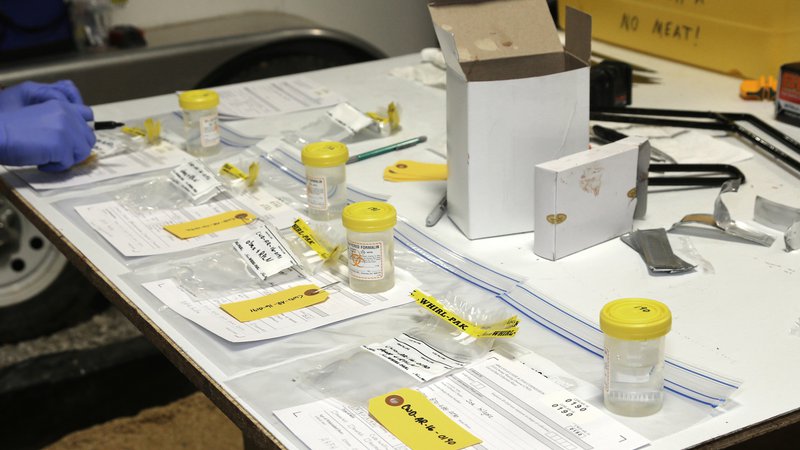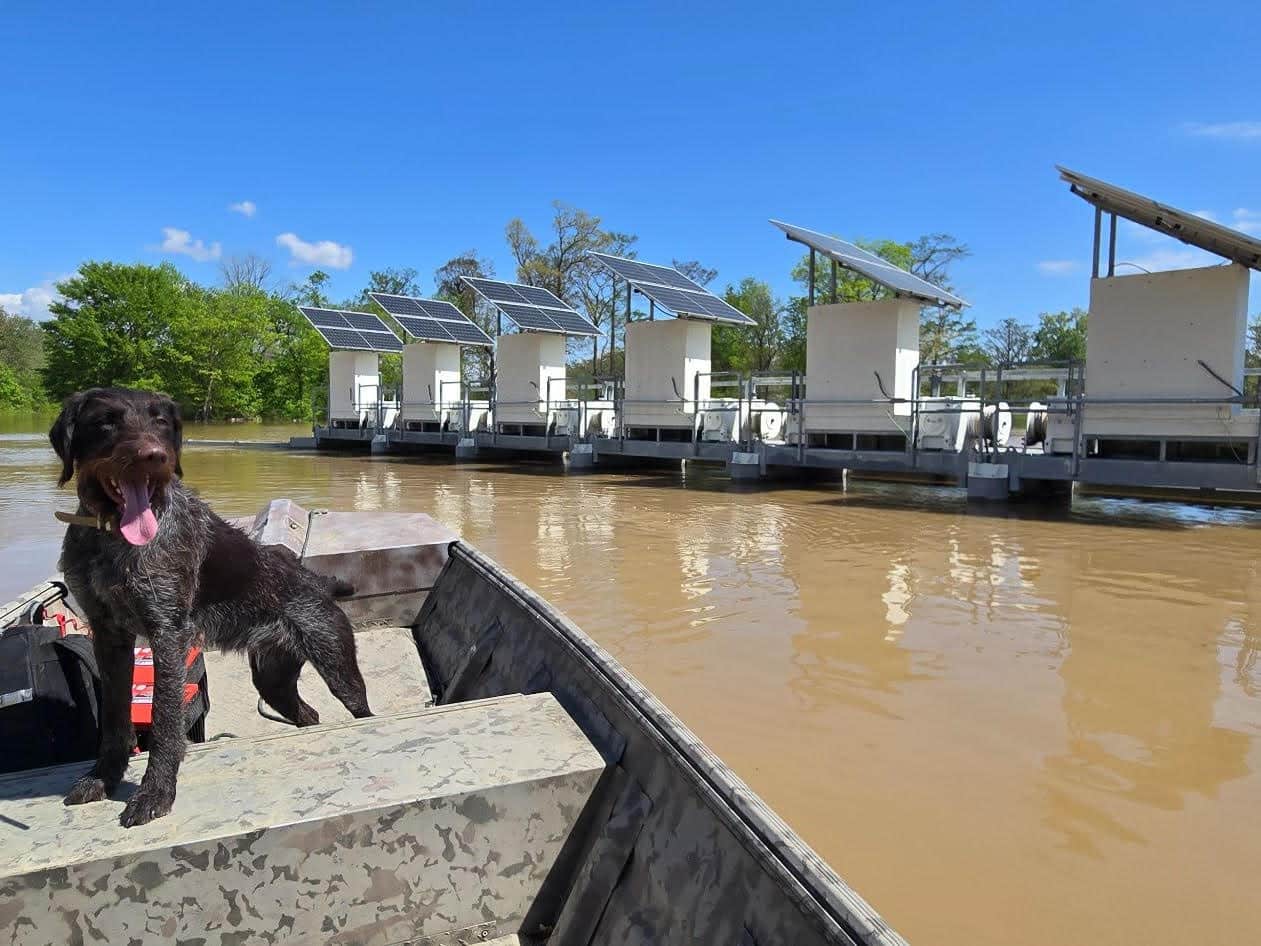CWD found in Randolph County
ON 12-31-2021

Dec. 31, 2021
Keith Stephens
Chief of Communications
DALTON — The Arkansas Game and Fish Commission has confirmed that a hunter-harvested white-tailed deer taken in Randolph County tested positive for chronic wasting disease.
The deer was harvested just south of the Missouri border during the Arkansas modern gun deer hunt. A CWD sample was collected by a participating taxidermist the hunter used for the buck. That sample tested positive for CWD and was confirmed by the Wisconsin Veterinary Diagnostic Laboratory in Madison.
Although this is the first case of CWD in Randolph County, the closest positive sample is in Oregon County, Missouri, roughly 25 miles away.
The source for this new case, much like the case confirmed in December in Union County, is likely unrelated to previous CWD-positive samples found in Arkansas.
A new CWD testing drop-off container already has been added at the Randolph County Forestry Commission Office in Dalton (5939 Arkansas Highway 93), and additional containers are being planned throughout the state. Visit www.agfc.com/cwd for a complete list of CWD containers available.
Cory Gray, chief of the AGFC’s Research Division, said, “We have already begun making plans to place more CWD drop-off containers near the area where the positive was found in Randolph County for voluntary testing. We’re also reaching out to our counterparts at the Missouri Department of Conservation to coordinate with them and share data,” Gray said. “We also will have a special drawing for two free lifetime hunting and fishing license from everyone who has submitted a sample anywhere in the state, regardless of the results of that sample.”
In keeping with the AGFC’s CWD Management and Response Plan, there will be no changes to deer-hunting regulations for the remainder of the 2021-22 deer hunting season.
AGFC Director Austin Booth says the agency will evaluate the need for any expansion of the CWD Management Zone and regulations concerning deer hunting during the hunting regulations-setting process once the season is over.
“We held public meetings along the Missouri border this summer, but we aren’t going to stop now. We’ll make sure we hold public meetings about our findings at the conclusion of deer season. Local hunters can help us a great deal by taking advantage of the free testing facilities and getting their deer tested for CWD,” Booth said. “More hunter-harvested samples means more chances to find any new concentrations of the disease and give our staff a better picture of the landscape so they can make better-informed decisions moving forward. There is much left to learn about CWD, but this is certain — the most important thing for Arkansas deer hunters to do is keep hunting and get their deer tested.”
In addition to the positive sample in Randolph County, three more deer turned up positive for the first time in counties that were already in the CWD Management Zone. The three new counties found to have a positive sample are Crawford, Franklin and Van Buren counties. The Crawford County deer was harvested near Cedarville, the Franklin County deer was taken near Charleston, and the Van Buren County deer was sampled near Alread.
Hunters who wish to have their deer tested for CWD can voluntarily take the head of the deer, with 6 inches of neck still attached, to one of the AGFC’s network of participating taxidermists to have a sample tested for free. They also may drop off the head at one of more than 100 CWD-testing collection stations positioned throughout the state. A list of CWD-testing facilities is available at www.agfc.com/cwd. Landowners near, especially those within 10 miles, of CWD-positive samples may contact the AGFC to participate in surveillance efforts in the area. For more information, call 501-412-5434.
CWD is a fatal neurological disease that affects deer, elk, caribou and moose. It was first detected in Arkansas Feb. 23, 2016. Since the first detection, AGFC has tested more than 40,670 deer and elk from across the state. To date, 1,260 deer and 38 elk have tested positive for the disease in Arkansas.
Research indicates that CWD is caused by a misfolded protein called a prion that is transmitted through feces, urine and saliva. Prions can survive for years in soil and plants. CWD can have an incubation period of at least 16 months, which means infected animals may not show immediate signs of disease. CWD prions accumulate throughout the body and affect an animal’s nervous system. The diseased prions cause normal cellular proteins to misfold into abnormal shapes that accumulate until neural cells cease to function. Infected animals begin to lose weight, lose their appetite and develop an insatiable thirst. They may separate from their herds, walk in repetitive patterns, carry their head low, salivate, urinate frequently and grind their teeth.
Visit www.agfc.com/cwd for more information.
Recent News

New Glaise Creek structure meeting challenges
Apr. 28, 2025

Arkansas Wildlife Weekly Fishing Report
Apr. 24, 2025
Subscribe to Our Weekly Newsletter E-mails
Don’t miss another issue. Sign up now to receive the AGFC Wildlife Weekly Newsletter in your mailbox every Wednesday afternoon (Waterfowl Reports are published weekly during waterfowl season and periodically outside the season). Fishing Reports arrive on Thursdays. Fill in the following fields and hit submit. Thanks, and welcome!
